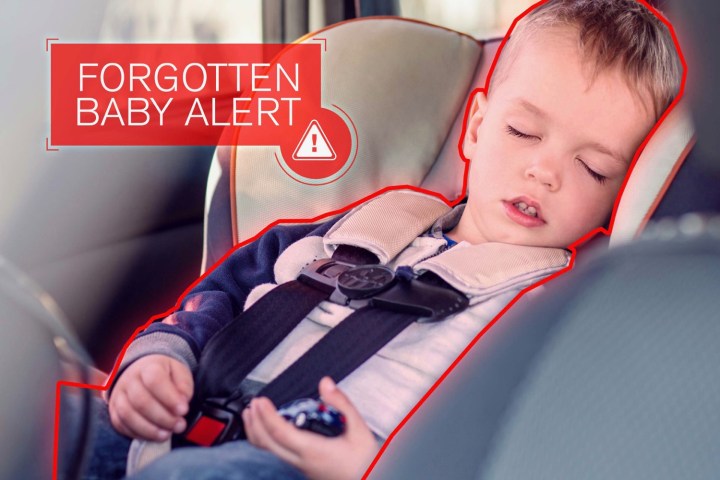 Cameras, radar, and lidar make up the holy trinity of sensors enabling advanced driver aids and autonomous driving, but Vayyar Imaging wants to narrow that trio down to a duo. The Israeli company known for 3D-imaging chips claims to have developed a sensor kit combining the functions of radar and lidar, and even doing things neither technology has been used for yet. At the 2018 Paris Motor Show, Vayyar also announced partnerships that will put its tech into action.
Cameras, radar, and lidar make up the holy trinity of sensors enabling advanced driver aids and autonomous driving, but Vayyar Imaging wants to narrow that trio down to a duo. The Israeli company known for 3D-imaging chips claims to have developed a sensor kit combining the functions of radar and lidar, and even doing things neither technology has been used for yet. At the 2018 Paris Motor Show, Vayyar also announced partnerships that will put its tech into action.
“The automotive industry has long sought a technology that can bridge the gap between radar and lidar,” Vayyar CEO Raviv Melamed said in a statement. “I’m excited to announce that Vayyar is the first to address that need with the creation of the world’s most-advanced radio frequency sensor technology. Our automotive sensors are powerful enough to enable radar with point cloud capabilities and have high enough resolution to differentiate between objects even in bad lighting or harsh weather conditions.”
Radar and lidar are similar in principle. Each works by bouncing energy waves off nearby objects to determine their distance from the waves’ point of origin. Radar uses radio waves and lidar uses light waves. Vayyar claims its new Automotive Evaluation Kit can use radar to do the job of both two sensor types and enable new in-car tech features.
At the 2018 Paris Motor Show, Vayyar announced two partnerships with automotive suppliers to implement its tech. Vayyar’s sensors will be integrated with Faurecia’s “Cockpit of the Future” automotive-connectivity concept. Valeo and Vayyar will also partner to create an infant-safety monitoring system suitable for mass production.
Updated on October 2, 2018: Added video.


